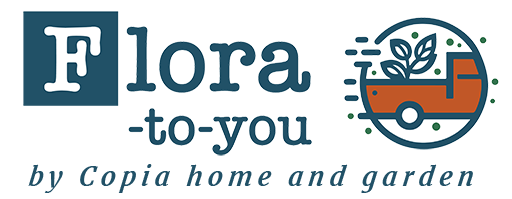Creating a garden that attracts bees, butterflies, and other beneficial insects is not only rewarding for the environment but also for the gardener. Pollinators play a crucial role in our ecosystems, and by planting a pollinator-friendly garden, you contribute to their survival and enjoy the beauty they bring to your outdoor space. Here’s how you can create a haven for these essential creatures.
Why Pollinators Matter
Pollinators, such as bees, butterflies, and hummingbirds, are vital for the reproduction of many plants. They help with the pollination process, which leads to the production of fruits, vegetables, and seeds. Without them, our food supply would be in jeopardy, and many wild plants would struggle to reproduce. By attracting pollinators to your garden, you support biodiversity and ensure a healthy, thriving ecosystem.
Choosing the Right Plants
When selecting plants for a pollinator-friendly garden, diversity is key. Aim to have a variety of plants that bloom at different times throughout the growing season. This ensures a continuous food supply for pollinators.
Native Plants
Native plants are the best choice for attracting local pollinators. They have evolved alongside local insects and are well-suited to your region’s climate and soil conditions. Some excellent native plants to consider include:
- Coneflower (Echinacea spp.): A favorite among bees and butterflies, known for its vibrant colors and long blooming period.
- Milkweed (Asclepias spp.): Essential for monarch butterflies, as it is the only plant where they lay their eggs.
- Bee Balm (Monarda spp.): Attracts bees, butterflies, and hummingbirds with its bright, fragrant flowers.
Herbs and Vegetables
Many common herbs and vegetables also attract pollinators. Consider planting:
- Lavender (Lavandula spp.): Its fragrant flowers are a magnet for bees and butterflies.
- Basil (Ocimum basilicum): Besides being a culinary delight, its flowers attract a variety of pollinators.
- Squash and Cucumbers: Their large, bright flowers are particularly attractive to bees.
Creating a Pollinator-Friendly Habitat
In addition to planting the right flowers, there are other ways to make your garden more inviting to pollinators.
Provide Water Sources
Pollinators need water to survive. A shallow dish filled with water and pebbles can serve as a safe drinking spot for bees and butterflies. Make sure to change the water regularly to keep it clean.
Avoid Pesticides
Chemical pesticides can be harmful to pollinators. Opt for natural pest control methods instead. Introduce beneficial insects like ladybugs to your garden, which can help control pests without harming pollinators.
Create Shelter
Pollinators need places to rest and nest. Leave some areas of your garden a bit wild, with fallen leaves or brush piles. Consider installing bee houses or butterfly shelters to provide additional nesting sites.
Educating Yourself and Others
Creating a pollinator-friendly garden is a continuous learning process. Stay informed about the best plants and practices for supporting pollinators in your area. Share your knowledge with neighbors and encourage them to create their own pollinator-friendly spaces.
At Copia Home and Garden, we are committed to supporting our local pollinators and providing you with the best plants and advice for your garden. Visit us to explore our wide selection of native plants, herbs, and vegetables perfect for attracting bees, butterflies, and other beneficial insects.
Together, we can make a difference in supporting pollinator populations and ensuring a vibrant, healthy environment for generations to come.
Happy Gardening!

